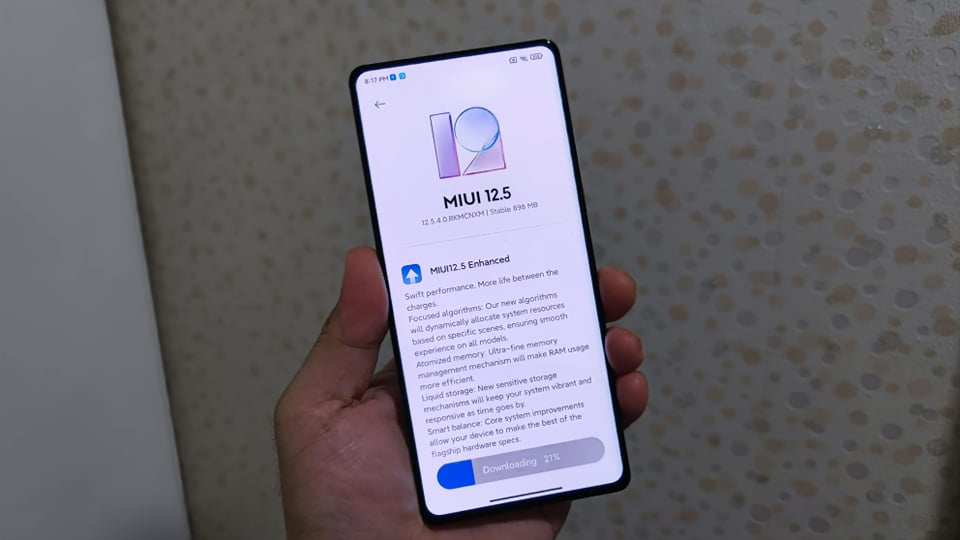At the Xiaomi MIX 4 new product launch conference held not long ago, the MIUI 12.5 enhanced version was officially released. At present, the MIUI 12.5 enhanced version has completed the first round of push upgrades.
Today, MIUI said that it is expected that on October 8, the second batch of stable versions of the MIUI 12.5 enhanced version will begin to be gradually pushed to the second batch of compatible Xiaomi mobile phone models.
Specific models include: Redmi Note 8, Redmi Note 9 4G, Redmi Note 9 5G, Redmi Note 9 Pro, Redmi Note 10, Redmi Note 10 Pro, Xiaomi 10Lite.
Officials said that the above models will be updated around the end of October 2021.
The MIUI 12.5 enhanced version focuses on fluency and lower power consumption. The main functions include liquid storage, atomic memory, focus calculation and smart balance.
For example, the smart computing power scheduling mechanism based on the scene improves the fluency of mobile phones, the ultra-fine memory management mechanism, and the comprehensively improved application residency, sensitive and efficient file storage mechanism.
Enhance the system’s anti-aging ability and intelligent deployment of flagship hardware performance.
Specifically, focus computing smoothly accelerates 51 core scenes, and prioritizes the most obvious processes perceived by the current user based on the scenes, and suppresses unimportant applications in the background.
According to the actual measurement of multiple models, the CPU usage rate has dropped by an average of 15%, and the power consumption has been saved by an average of 8%.
Atomic memory is a kind of ultra-fine memory management that splits application memory, gives priority to unimportant tasks, and refines and compresses memory usage.
Take Xiaomi 10 as an example, the back-end residency capacity has increased by 64%.
Liquid storage can monitor the degree of fragmentation with high sensitivity, and the efficiency of defragmentation can be increased by 60%.
From the Mi 11 Pro laboratory simulation test, after 36 months of use, the literacy decline is less than 5%.






